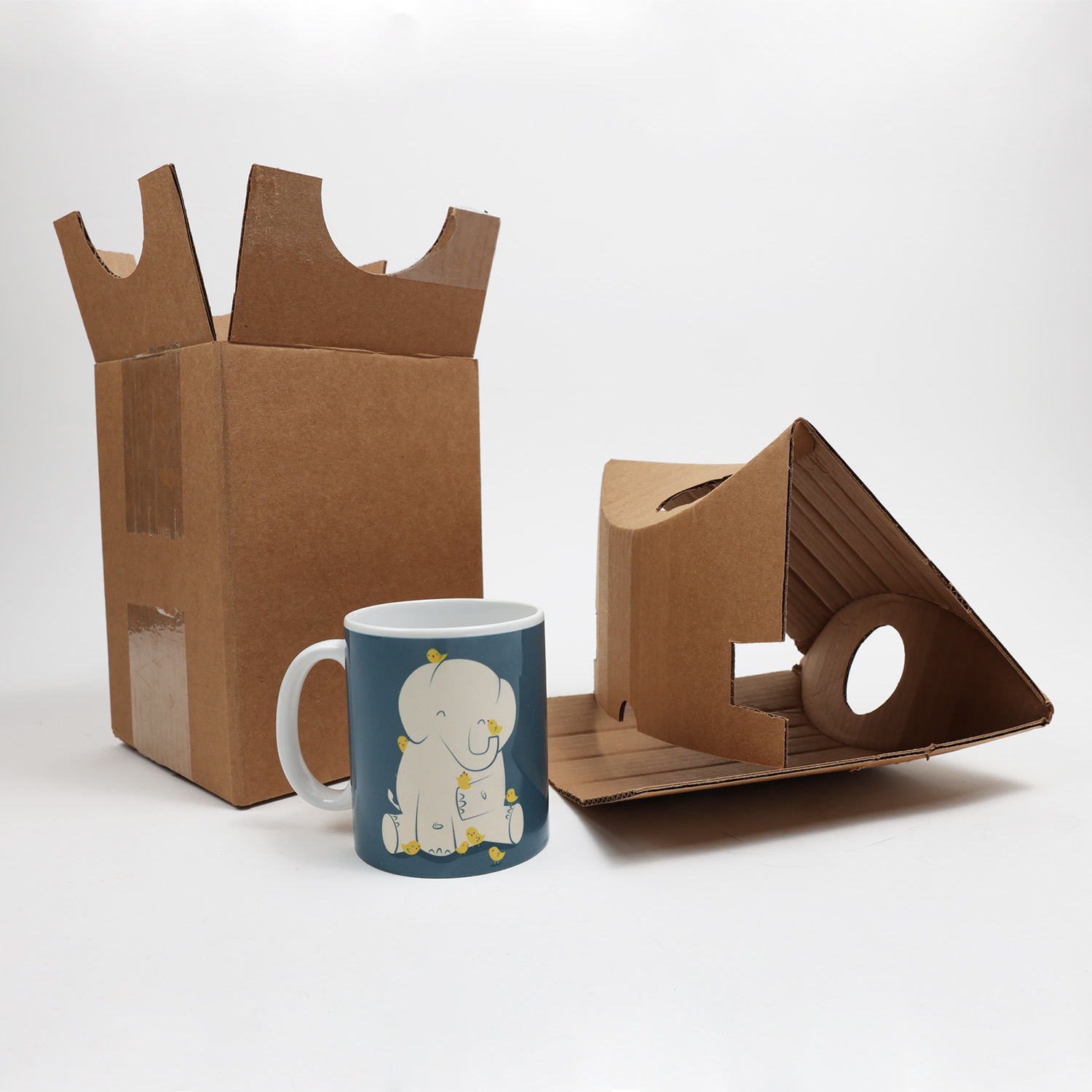Sing along, everybody!
“Joy to the world, your package has come,
And it…
Is good….
For the planet!“
OK, no one’s likely to be caroling that this holiday season. But it is true that your holiday packaging can be a gift to the world. (Wasn’t that the great lesson Scrooge learned from the Ghost of Christmas Packages?)
Here are some ways to make your packaging more environmentally friendly, for the holiday season and beyond:

Sustainability can be about process too: The Sustainable Forestry Initiative (SFI) and the Forest Stewardship Council (FSC) certify virgin wood products as coming from responsibly managed forests.
- Use recycled and recyclable packaging. Once they are properly sorted for recycling, the materials listed above for sustainable packaging are shredded, pulped, or melted down and remolded into raw material to make new packaging. Using recycled and recyclable packaging prevents it from ending up in landfills and harming the environment for hundreds of years.
By choosing packaging made from recycled materials, you’re minimizing its production process, supply chain, and carbon footprint.
Corrugated packaging can be recycled up to seven times while still retaining its properties—and usually through convenient curbside recycling. Perhaps that’s why corrugated is the most recycled packaging material in the United States. In 2022, for example, the recycling rate for corrugated boxes was more than 93%, according to the American Forest & Paper Association. - Use less packaging, also known as “right-sizing” packaging. By reconfiguring design to reduce the size and weight of your packaging, you minimize the use of energy, material production, and carbon emissions.
Right-sizing has an economic benefit in addition to the environmental one. Shippers charge based on a package’s “dim weight”—the amount of space a package occupies in relation to its weight—or the package’s actual weight, whichever is greater. A right-sized package is smaller, reducing the dim weight and freight costs. Right-sizing increases the amount of product you can get on a pallet and a truck, saving you even more on shipping.
But it’s also possible to design packaging with a second use in mind. H&M has a shopping bag that transforms into a clothes hangar. Monday’s Child—a British company that sells young girls’ clothing for special occasions—ships its products in a box that doubles as a doll’s house.
Want to make your holiday packaging a gift to the world? Turn to Premier for design ideas that will make you very merry indeed.